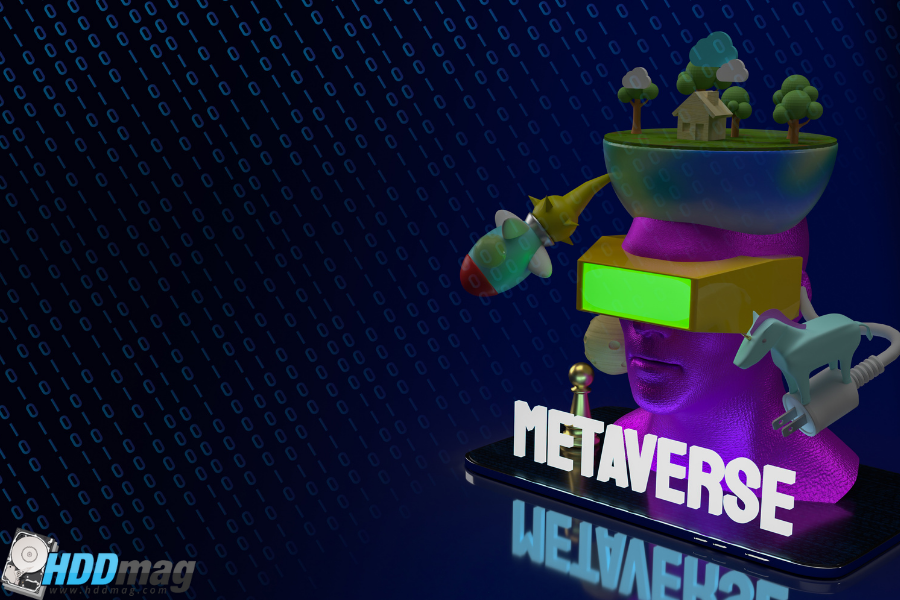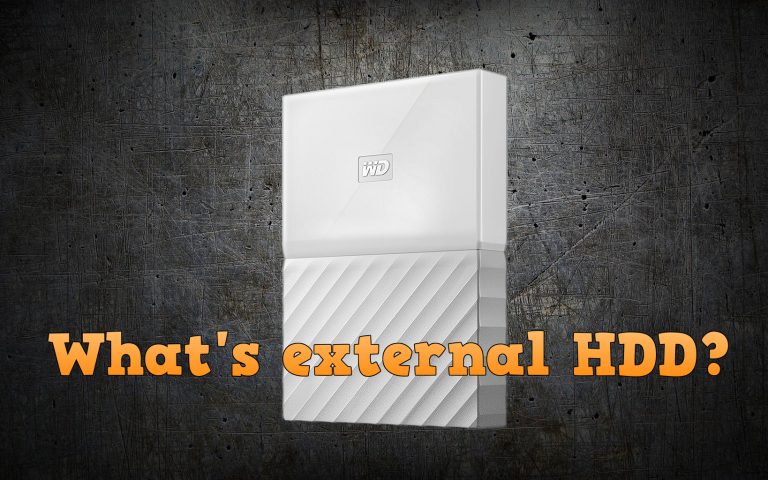The Metaverse

According to tech executives such as Mark Zuckerberg and Satya Nadella, the metaverse represents the future of the internet. Or maybe it’s a video game… Or maybe it’s Zoom 2.0, which is much more unnerving? It’s difficult to say.
Talking about what “the metaverse” is is like discussing what “the internet” was like in the 1970s. The foundations of a new mode of communication were being laid, but no one knew what the final product would look like. Even if “the internet” had been predicted, not all of those predictions were accurate.
Additionally, it’s worth mentioning that the metaverse notion has been the target of considerable marketing hype.
What Exactly Is the ‘Metaverse,’ Anyway?
Here’s an experiment to see just how nebulous and complicated the word “the metaverse” may be: Replace “the metaverse” with “cyberspace” in a sentence. In the vast majority of cases, the intended meaning remains mostly unchanged. As a result, the phrase does not relate to any one form of technology, but rather a wide movement in how we utilize technology.
Many of the technologies that make up the metaverse include virtual reality, which is characterized by persistent gaming virtual worlds that exist even when you’re not playing, and augmented reality, which blends digital and physical worlds to create an immersive experience. Virtual and augmented reality (VR and AR) can be used to access these areas, but it doesn’t necessitate it. A metaversal virtual world may be something like Fortnite’s battle royale mode, which can be accessed on PCs, consoles, and even mobile devices.
There’s also the digital economy, where anyone may purchase and sell items over the internet. Metaverse interoperability allows you to move virtual clothing and automobiles from one platform to the next, according to more utopian metaverse views. Buying a shirt at the mall and wearing it to a movie theater is a reality in the real world. Currently, most platforms only enable you to establish a virtual identity, avatar, and inventory that can be used on a single platform. However, a metaverse may allow you to construct a persona that can be used on several platforms as simply as a profile image.
It is, however, difficult to tell which of the different ideas of the metaverse will come to fruition.
Who Is Working on the ‘Metaverse’?
The creators of Fortnite, Epic Games, may be said to be creating aspects of the metaverse in the same way that Google is responsible for most of the internet’s infrastructure, including data centers and security layers. It’s not the only one, though. Facebook, Microsoft and other internet titans will be involved in some of this effort. Nvidia, Unity, Roblox, and Snap are just a few of the many other firms striving to construct the infrastructure for the metaverse.
Avatars in the Metaverse
First, the internet introduced a succession of technological advancements, such as the capacity to allow computers to communicate with one other across long distances or the ability to connect between web pages. These technological qualities served as the foundation for everything we now associate with the internet: websites, applications, social networks, and everything else that relies on them. In addition, the convergence of interface advancements such as displays, keyboards, mice, and touchscreens isn’t a part of the internet but is nonetheless essential to make it function.
To put it another way, the metaverse has certain new building elements, such as the potential to host hundreds or even thousands or millions of individuals at once on a single server instance, or motion tracking technologies that can identify where a person’s eyes and hands are located. These new technologies may be thrilling and futuristic at the same time.
The glitz of virtual and augmented reality also obscures the metaverse’s more basic components, which may be more likely to materialize. For example, computer firms might easily create an open digital avatar standard that includes features like eye color, haircut, and outfit options and allow you to use that. A more comfortable virtual reality headset isn’t needed for that.
When It Comes to the Metaverse, How Are Things Right Now?
An example of the metaverses’ progress was shown at Meta’s introduction of their metaverse, in which the business depicted an Instagram story of a young woman watching a concert from halfway across the world.
Finally, we see her in an Avengers-style hologram arrive during the show. She can see and hear the music, and she can read the text that floats over the stage, and she can even establish eye contact with her buddy who is also there.
In order to define where the metaverse is now, we must define away the present. We already have MMOs that are virtual worlds, digital concerts, video conversations with people from all over the world, online avatars, and commerce platforms in existence. As a result, in order to sell these ideas as a fresh vision of the world, there must be some new aspects.
The word “metaverse” was coined in the 1992 novel Snow Crash, which envisions a virtual reality environment where everyone works, plays, and shops. A metaverse—a metaverse that tech corporations could genuinely offer as something new—might look like these stories, especially when combined with the common pop culture concept of holograms and heads-up displays (essentially everything Iron Man has utilized in his movies).
As a result, it should come as no surprise that those supporting NFTs – cryptographic tokens that may act as digital certificates of ownership, in a manner similar to that used in the real world — are also enthusiastic about the metaverse. NFTs may be seen as the digital key to your Roblox home, for example.
When comparing the current state of metaverse concepts to those of the early internet, it’s natural to think that everything will improve and grow in a linear fashion, but that’s not always the case. A virtual office or poker game isn’t a sure thing, much less if virtual reality and augmented reality never become as commonplace as smartphones and computers are now.
So it’s possible that the “metaverse” we’re talking about is nothing more than a bunch of great virtual reality games and Zoom chats with digital avatars.
Is It Possible That There Are Several Metaverses?
How many metaverses are there? Or is there more than one? It there are, will they work together or independently? These questions are up in the air. Many firms are vying to provide the basis for the metaverse, which has no established norms. First-mover advantage is a goal for Facebook, Microsoft, Sony, Epic Games, and a host of smaller firms working on initiatives. It’s not obvious if a VR headset made by one firm would work with a multiplayer environment or cloud-based visuals made by another company. In most cases, firms guarantee a metaverse that is open to other companies. However, they must first come to an agreement on how they would collaborate.
Interoperability is critical, according to Meta, which aims to invest billions in its metaverse initiatives. You should be able to utilize your Facebook avatar on a Microsoft platform if you already have one. Thus, a single metaverse is likely.
As with the early internet, the concept of a unified metaverse enabling services from many distinct enterprises evokes utopian ideas. Nevertheless, when the early pioneers discovered just how much money could be earned online, everything was off the table. The metaverse is likely to be the same. If Zuck and others are correct, too much money will be at stake for corporations to let customers pick up and go about.
This is simply an educated estimate, but we think the metaverse will begin as a collection of competing platforms, each proclaiming itself to be the metaverse in its own right. Consider a situation similar to the early days of instant messaging, when the available services were dispersed around the network. There will come a point where email-like protocols will be adopted by the major actors in the industry, but this will take time. The internet today is a battleground between established protocols and proprietary standards, information from a variety of sources, and rival software ecosystems.
Do I Require Any Special Equipment in Order To Enter Into the Metaverse?
It’s all up to you and where you’re going. Facebook’s Oculus Quest 2 VR headset is what Meta wants you to buy. The hardware is self-contained and it will cost you $300. Other VR headset manufacturers include Valve, HTC, HP, and Sony PS VR, all of which may be used with PCs or PlayStation 4/5 consoles. There will be additional headsets available by the end of the year.
Others, such as Microsoft and Magic Leap, create augmented-reality headsets that overlay digital data on top of the real world, but their products are significantly more expensive. Virtual reality glasses can be utilized with smartphones, however the vast majority of applications are still experimental or business-oriented. There is still a long way to go before AR glasses like Snap’s prototypes, or spectacles like the Nreal Light, become a viable buy.






